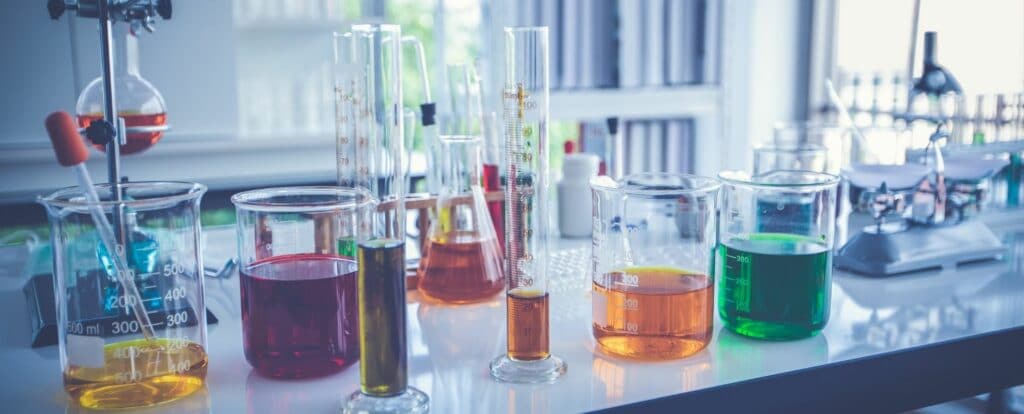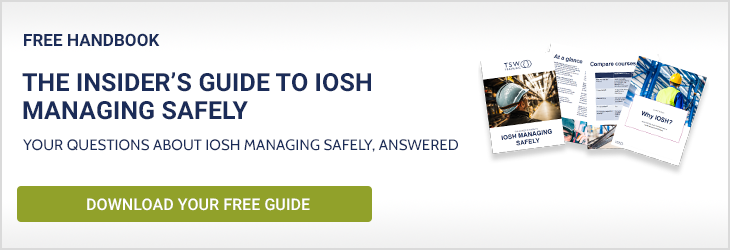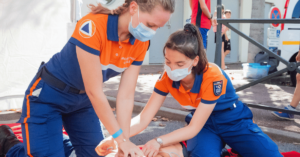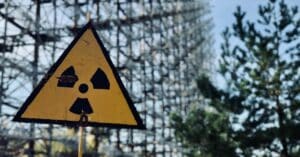In any type of workplace, there are hazards to look out for, and risks to be controlled.
Biohazards can cause serious illness so it’s vital that your team know how to handle them effectively, to minimise the chances of them being injured.
In this guide, you’ll find out more about what biohazards are, the illnesses they can cause, and why it’s important to protect your team while they’re using them.
Key Points:
- A biohazard is a biological substance that can damage your health, such as bird droppings and sewage. Biohazards can be found in a range of environments, and a risk assessment should help you to identify the dangers associated with them.
- Biohazards are classified into four groups to help you differentiate between those which are less likely to cause harm, and those which can cause severe damage.
- Biohazard injuries are preventable by following health and safety procedures to keep risk to a minimum. The IOSH Managing Safely course can help your workforce identify hazards and control the risks associated with them, while the NEBOSH General Certificate course dives a little deeper into the world of biological agents.
What is a biohazard?
Biohazard is short for ‘biological hazard.’
A biohazard is a biological substance that can damage your health, such as bird droppings and sewage. Depending on the industry you work in, you may come across different types of biohazards; a nurse may be more concerned with blood-borne viruses while a pool attendant would have to take particular care around bacteria.
Those in the construction world would need to be aware of building materials that could contain mould while manufacturing employees should take care around allergens used in production.
Biohazards can be found in a range of environments, and a risk assessment should help you to identify the dangers associated with them.

What are the types of biohazards?
There are a few different types of biohazards:
#1. Solid biohazards
This could be an item that has been in contact with blood or other bodily fluids, such as PPE or towels.
The solid category doesn’t include surgical equipment like needles as they’re classified as sharp.
#2. Liquid biohazards
As the name suggests, liquid biohazards are the blood or fluids themselves which may contain viruses or bacteria.
#3. Sharp biohazards
Needles and scalpels will fall into this category. While they’re often seen in healthcare settings, construction workers should also be aware of sharp biohazards, as there may be needles left from recreational drug users within old buildings they are working on.
#4. Microbiological biohazards
Most often found in laboratories, microbiological hazards could come from tools such as petri dishes. There could be infectious substances within them that pose a risk to the people handling them.
#5. Pathological biohazards
Somebody could be infected by a pathological biohazard if they were performing an autopsy or dealing with human and animal organs in another capacity.
How are they classified?
Biohazards are classified into four groups to help you differentiate between those which are less likely to cause harm, and those which can cause severe damage.
- Group 1: isn’t likely to hurt you
- Group 2: can cause disease but can be treated and isn’t likely to spread further into the community e.g. Legionella and Salmonella
- Group 3: can cause severe illness, and is more likely to spread to the community but can be treated e.g. E-coli
- Group 4: can cause severe illness, is likely to spread to the community, and there is limited treatment available
The higher the group number, the more the substance should be handled with care to prevent any harm to your team while they’re handling them.
What potential damage can they cause?
Biohazards can cause serious damage to the human body and shouldn’t be taken lightly. They can cause allergies, infections such as AIDS, and even cancer.
A thorough risk assessment should show you what biohazards you’ll need to look out for, and how you can protect your employees from harm in the short-term and the long-term.
How can you manage/prevent biohazard injuries in the workplace?
Biohazard injuries are preventable by following health and safety procedures to keep risk to a minimum.
Once you have a risk assessment completed and have identified the potential damages, it’s a good idea to enroll your staff in training so they’re aware of how to dispose of biohazards correctly to avoid contamination.
The IOSH Managing Safely course can help your workforce identify hazards and control the risks associated with them, while the NEBOSH General Certificate course dives a little deeper into the world of biological agents.
Wearing the correct PPE, using the correct disposal bins, and good washing facilities can all help to minimise the chances of a staff member becoming ill.
Your team should have access to a sink which allows them to wash their hands and forearms, if the risk is lower, and full showers if the odds are much higher.
Keep biohazard injuries at bay
When you’re dealing with any type of risk, it’s better to be on the safe side, and make sure your team are well equipped to handle biohazards.
It could help them stay happy and healthy at work, and for a long time afterwards.









